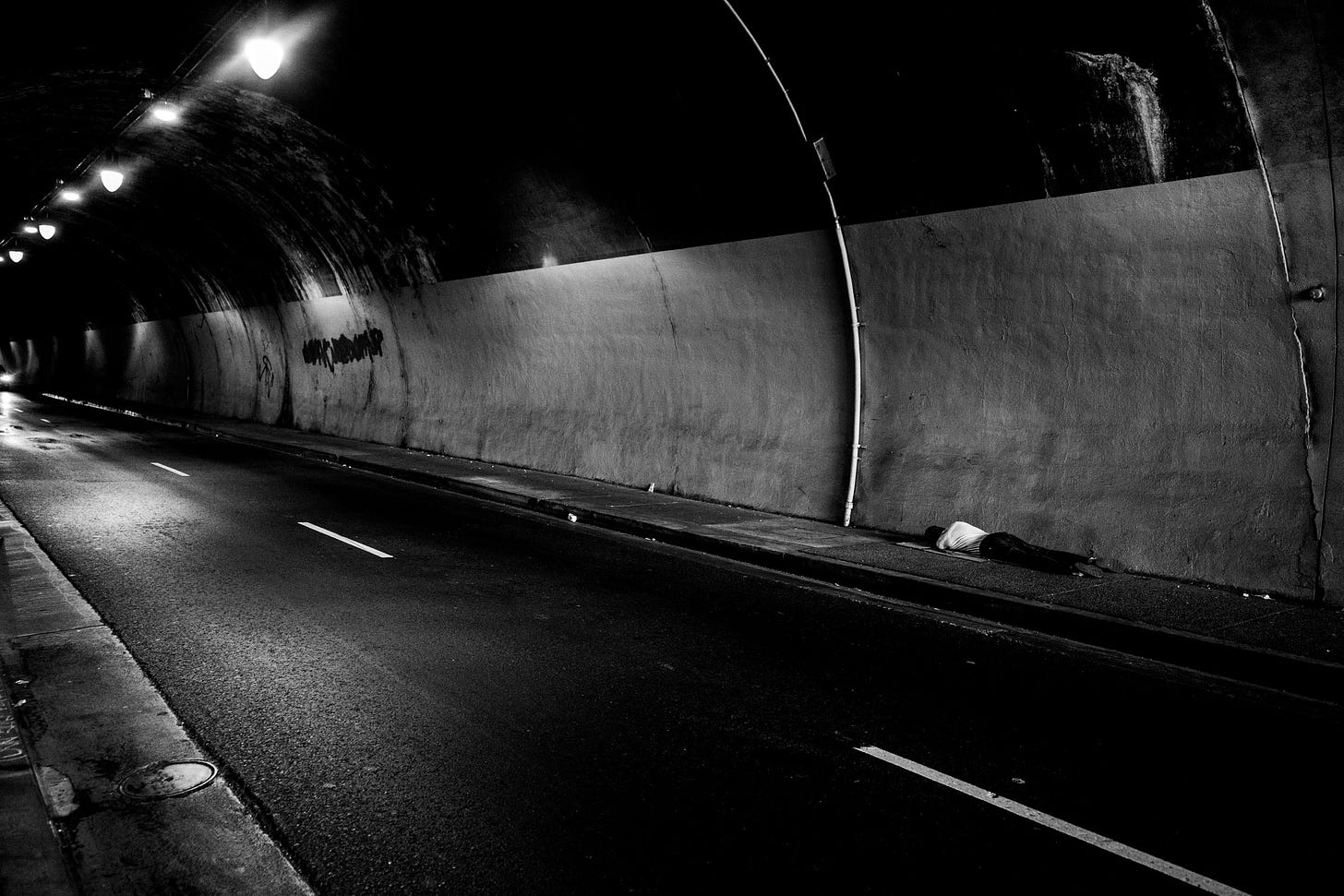Image in Crisis Part 3: THE IMAGE AS WOUND
Barthes, Sontag, and some real photographers who speak of the Return of Mourning in a Post-Real World
Series: The Image in Crisis — Part III
“Ultimately, photography is subversive not when it frightens, repels, or even stigmatizes, but when it is pensive—when it thinks.”
—Roland Barthes, Camera Lucida
“To photograph is to confer importance.”
—Susan Sontag, On Photography, Chapter 2
Photography is no longer trusted.
Not as document.
Not as memory.
Not even as illusion.
In a world flooded with AI imagery, face filters, CGI journalism, deepfakes, and “perfect” curation, the photograph no longer proves something existed. It no longer wounds, as Barthes would say. It no longer carries death—or presence. It now carries the weightless sheen of fabrication.
In Camera Lucida, Roland Barthes searched for the punctum—that searing detail in a photograph that pierced him emotionally. A collar. A gesture. A light in the eyes. A detail not meant for him, but that hit him like a flash of grief.
Susan Sontag, by contrast, in her second chapter, turned to the cold theater of photography. She dissected the work of Diane Arbus, August Sander, and others as symptoms of cultural pathology—evidence of America’s need to aestheticize difference, to normalize deviance by displaying it.
And then there’s me, and all of the actual photographers before me, during me, and maybe after me—caught between those two positions. Making images that mourn. That look like glamour but ache like memoir. Mylar-reflected portraits, politically erotic editorial work, dark glamour spreads and street photographs that look like a movie in our brain—all circling the question: Can an image still think? Can it still grieve?
Keep reading with a 7-day free trial
Subscribe to PERSPECTIV to keep reading this post and get 7 days of free access to the full post archives.


